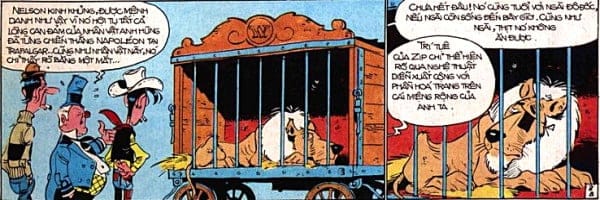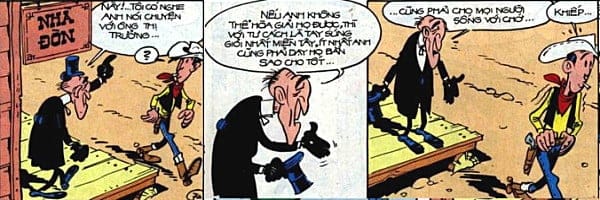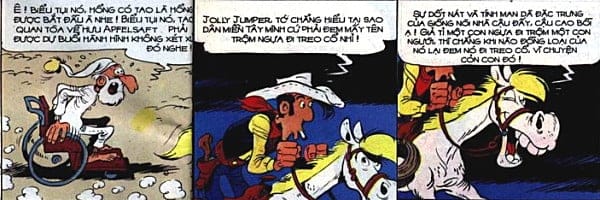 rarely talk about programming unless it comes to some new idea or something fun. However, in this article, I’m going to summarize a part of experiences in my career, about important concepts that I’ve learned and used: signals and slots. First appear and remain as fundamental concepts in the Qt library (“Qt” pronounced “cute” – which is so cute as a cross-platform application framework), the concepts has been adapted and developed into some other libraries (such as boost) and are being proposed as next standards for C++ language.
rarely talk about programming unless it comes to some new idea or something fun. However, in this article, I’m going to summarize a part of experiences in my career, about important concepts that I’ve learned and used: signals and slots. First appear and remain as fundamental concepts in the Qt library (“Qt” pronounced “cute” – which is so cute as a cross-platform application framework), the concepts has been adapted and developed into some other libraries (such as boost) and are being proposed as next standards for C++ language.
Please note that we’re talking C/C++ here, although signals & slots has been brought to many other languages (Java, Python, Ruby, JavaScript, etc.) Every coin has two sides and C/C++ is no exception, it has its own advantages and disadvantages (depend on types of applications). But the thing I like about C/C++ is that its half – civilized nature made it a strong language: the balance between abstraction and comprehensiveness has always been considered as core factor.
Noone want to build general applications using Assembly, and noone want to write lengthy code just for some simple features. To adhere the doctrine, strong – abstraction concepts must be introduced to capture grammar of the language, and simple, clear syntax that would make the code concise and comprehensive.
I came to signals & slots as solution to problems I’ve met when leading the CMS project, a DVRs managing software (client & server) with complicated GUI: a few screens, each screen can have a dozen tabs, each tabs can have hundreds of controls. Events on one control can affect other controls on other tab or screen, events can be user inputs as well as various signals come from dozens of (managed) network client machines.
The overwhelmingly – complicated communications surpass every MPM (message passing method), then signals & slots appeared as a saviour solution. To be simple, signals & slots is a very efficient mean of interaction between objects within a process space. I personally think it would be the next metaphor extension added to C/C++ language. Structure of this post would be as follow:
1. Introduction to signals & slots, from raw to abstract concepts.
2. ISO C++ compliant and cross – compiler, cross – flatform problems (would discuss about delegate and how function pointer has evolved from C to C++).
3. Different implementations of signals & slots: Qt, boost, sigslot, libsigc++…
1. INTRODUCTION
Flow of code is no more than a series of function call, and to perform asynchronous function call, traditional C programming use callback. A callback is a pointer to a function, so if you want a processing function to notify you about some event, you pass a pointer to another function (the callback) to the processing function. Callbacks have two fundamental flaws: firstly, they are not type-safe, we can never be certain that the processing function will call the callback with the correct arguments. Secondly, the callback is strongly coupled to the processing function since the processing function must know which callback to call. In C, to define function pointer, you would write something like this:
float (*my_func_ptr)(int, char *);
typedef float (*MyFuncPtrType)(int, char *);
MyFuncPtrType my_func_ptr;
When move to C++, things are a bit more complicated (note the weird syntax ->* to call a member function through pointer).
float (SomeClass::*my_memfunc_ptr)(int, char *);
my_memfunc_ptr = &SomeClass::some_member_func;
SomeClass *x = new SomeClass;
(x->*my_memfunc_ptr)(6, "Another Arbitrary Parameter");
Though a very strong concept in C, function pointer add little to the language C++. The only two uses of member function pointer in C++ are:
Now, imagine slots as invisible communication channels, every object can register to listen to some channels by providing delegates (pointer to a member function). The delegate would be invoked when slot is “filled” with a signal. The signals and slots mechanism is type safe: signature of a signal must match signature of the receiving slot. Signals and slots are loosely coupled: a class which emits a signal neither knows nor cares which slots receive the signal. To summarize the benifits:
-
Syntactically neater: signals & slots make for very readable code: you define the signals, you define the slots, then you wire them up.
-
Inherently robust: when either end of a signal/slot connection is destroyed, the connection is automatically removed. It is therefore impossible to emit a signal and have it arrive at a class that has already been deleted. Best of all, you don’t need to write any cleanup code.
-
Easier code reuse: since the thing that has to type-agree is the signal and the slot, not the whole class interface, it is much easier to plug together disparate classes that had never initially been intended to work in that way.
2. DELEGATE
To summarize section 1: pointer is the root of all evils. Function pointer is the physical of callback method traditionally used in C programming. When evolved to C++, the C++ standard committee failed to address how to define function pointer to a single C++ object. With common-sense knowledge, we know that it take two elements to represent the thing: first is the address of the object itself (the implicit pointer this), second is pointer to the object’s member functions. The undefined land leads to different implementations across various compilers.
Contrary to common belief, the actual physical storage of pointer differs between various compilers, and even differs between types of pointer, e.g: pointer to a single – inheritance object, an multiple – inheritance one or virtual inheritance. The table below shows how many bytes it take to store pointers on different compilers (just make use of the operator sizeof). Then to calculate the actual member function’s address, each compiler uses one kind or another of offset:
struct BorlandMFP
{
CODEPTR m_func_address;
int delta, vindex;
};
if (vindex==0) adjustedthis = this + delta;
else adjustedthis = *(this + vindex –1) + delta;
C++
compiler |
void*
pointer |
function
pointer |
single
inheritance |
multiple
inheritance |
virtual
inheritance |
| MS VC++ |
4 |
4 |
4 |
8 |
12 |
| GNU G++ |
4 |
4 |
8 |
8 |
8 |
| Borland C++ |
4 |
4 |
12 |
12 |
12 |
So, delegate is just the new name for pointer to (an object’s) member function. The hard part really is that: since each compiler stores different type of pointers differently, there’s need for a way to store delegate in a universal manner: cross compilers and cross flatforms. Various techniques have been proposed by excellent programmers. Please refer to the articles below for specific techniques. I personally would prefer the method of Quynh Nguyen, an engineer at Global Cybersoft (Vietnam) Ltd.
3. IMPLEMENTATIONS
To make those obscured concepts above clearer, I would go into some detailed implementations of signals & slots with the emphasize on the sigslot library, for this is really a compact lib: everything is contained in just one header file. Suppose you have a server that would receive some signal from network (tcp socket), then parse the received data and trigger some processing (display on GUI, store to disk…). We would define the “network signal” as follow (please note any number of parameters can be defined, we use an int and a char* here just for the example):
// the temmplate ‘signal2’ denote for
// a signal with 2 parameters
signal2<int, char*>m_netSig;
Then, at the place you want to process that event, e.g some class CDisplayForm, you would need to provide a function to process the signal:
DisplayForm::OnNetSig (int cmd, char* data)
{
// the delegate would be invoked
// when the signal is recieved
}
Please note that multiple objects can register to a same signal slot (and vice versa), e.g some class CRecordThread would also need to log that event to database. Then the listening objects would just register with the signal slot using a connect function:
// we pass the function pointer
// here to be called later
m_netSig.connect (this, &CDisplayForm::OnNetSig);
When the network signal arrive, e.g in some class CAsyncSocket, we would fire the signal and get it populated to all connected objects:
// emit the signal with it’s data
m_netSig.emit (NETSIG_DATA_RECEIVE, xmlStr);
Then the CDisplayForm and CRecordThread object would both receive the signal. Please note that when either end of the communication channel go out of scope, the connection is automatically removed, you don’t have to write any cleanup code. Just define the signal, the slot and wire them up! Any unrelated classes can be wired up in this type-safe manner without any pre-defined relation within them.
 rarely need to write mathematics expressions on the web, but the last time I did, it took me some times to figure out just how to do. It’d turned out to be pretty easy, there’s a free LaTeX rendering server at yourequations.com. Excellent site! Just feed it with a LaTeX expression, it would render an image for you to put on your web page. This may be the best solution for now, while waiting for an workable HTML version that supports math.
rarely need to write mathematics expressions on the web, but the last time I did, it took me some times to figure out just how to do. It’d turned out to be pretty easy, there’s a free LaTeX rendering server at yourequations.com. Excellent site! Just feed it with a LaTeX expression, it would render an image for you to put on your web page. This may be the best solution for now, while waiting for an workable HTML version that supports math.

 ừ trước đến nay có xu hướng giới thiệu nhiều nhạc miền Nam trước 75, đôi lúc còn khẳng định: CNXH làm băng hoại con người và cảm quan nghệ thuật. Đó có phải là một cái “confirmation bias” hay không thì tùy các bạn nghĩ. Cùng thời gian đó, sự xuống cấp không cứu vãn nổi của một bộ phận lớn âm nhạc ở miền Nam, kiểu nhạc Chế Linh – Lính chê, cũng chẳng phải là không hiển nhiên !?!?
ừ trước đến nay có xu hướng giới thiệu nhiều nhạc miền Nam trước 75, đôi lúc còn khẳng định: CNXH làm băng hoại con người và cảm quan nghệ thuật. Đó có phải là một cái “confirmation bias” hay không thì tùy các bạn nghĩ. Cùng thời gian đó, sự xuống cấp không cứu vãn nổi của một bộ phận lớn âm nhạc ở miền Nam, kiểu nhạc Chế Linh – Lính chê, cũng chẳng phải là không hiển nhiên !?!?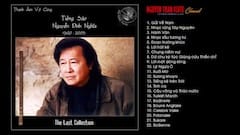

 ó lẽ tôi phải dùng những ngôn từ tốt đẹp nhất để ngợi ca tiếng sáo thần Nguyễn Đình Nghĩa, tiếng sáo trúc Việt mê hồn này là thành qủa của một đời nghiên cứu và diễn tấu. Sinh ra và lớn lên tại Đà Nẵng, cựu học sinh
ó lẽ tôi phải dùng những ngôn từ tốt đẹp nhất để ngợi ca tiếng sáo thần Nguyễn Đình Nghĩa, tiếng sáo trúc Việt mê hồn này là thành qủa của một đời nghiên cứu và diễn tấu. Sinh ra và lớn lên tại Đà Nẵng, cựu học sinh 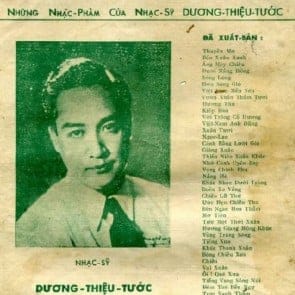
 uốn mượn bài hát Đêm ngắn tình dài này như phần mở đầu cho bài viết giới thiệu về một nhạc sĩ đặc biệt:
uốn mượn bài hát Đêm ngắn tình dài này như phần mở đầu cho bài viết giới thiệu về một nhạc sĩ đặc biệt: 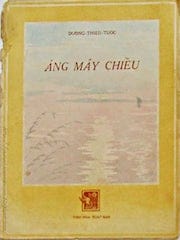


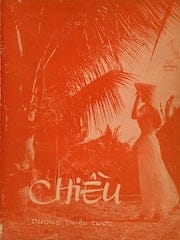


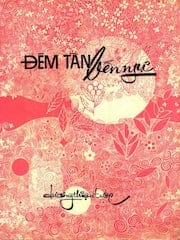

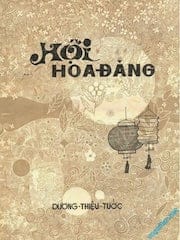

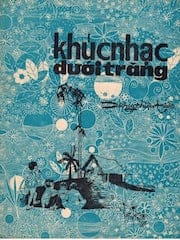

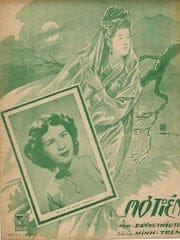

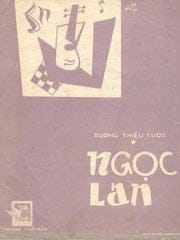


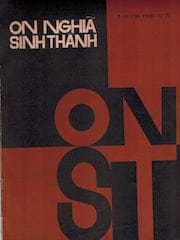

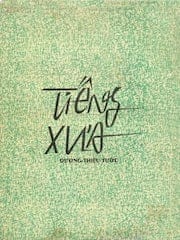
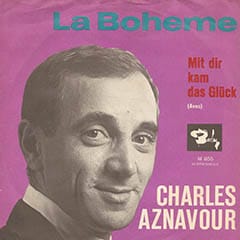



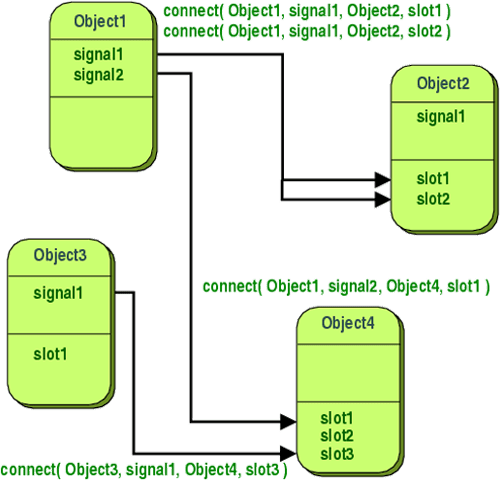
 ộ truyện tranh Lucky Luke thú vị trong từng chi tiết nhỏ: một lão thợ hớt tóc người Ý (thợ hớt tóc luôn phải là người Ý) mang cái tên Baldini (chẳng phải đã có câu thành ngữ:
ộ truyện tranh Lucky Luke thú vị trong từng chi tiết nhỏ: một lão thợ hớt tóc người Ý (thợ hớt tóc luôn phải là người Ý) mang cái tên Baldini (chẳng phải đã có câu thành ngữ: 



